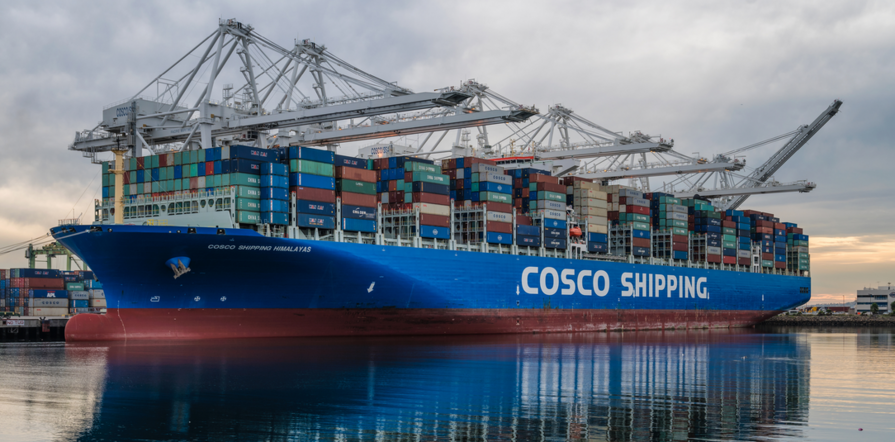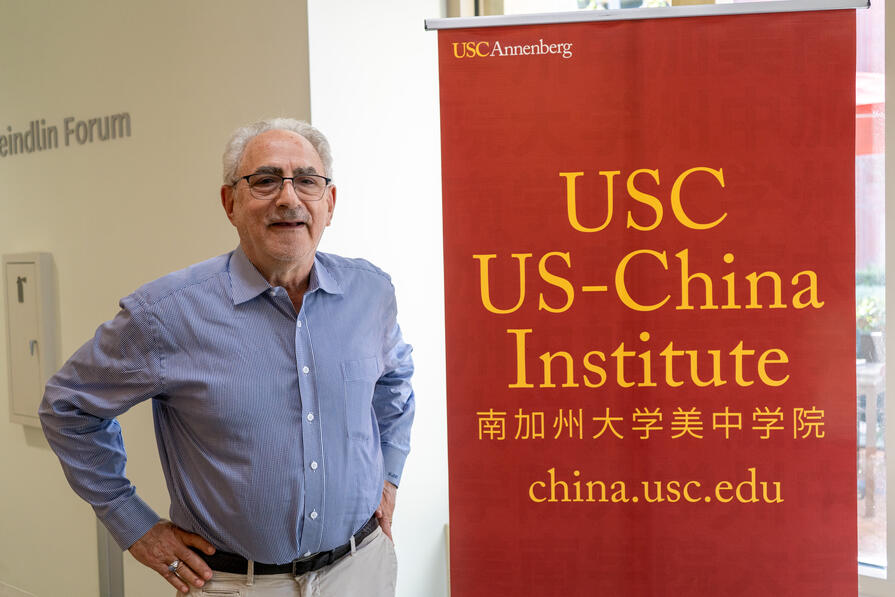Subscribe to our weekly newsletter to get them delivered straight to your inbox!
Donald Trump’s 2016 presidential campaign included a pledge to reduce America’s trade deficit with China. He said earlier administrations let China pursue unfair industrial and trade policies. Trump insisted he would not “allow China to rape our country.” In March and April 2018 the U.S. and China threatened tariffs and countermeasures. Tariffs went into effect in July 2018 and continued through three more rounds of tit-for-tat escalations. By June 2019, the U.S. had tariffs on nearly US$360 billion Chinese products and China had more than US$110 billion on U.S. products. Both countries experienced economic disruption. In January 2020, the two sides came to a “phase one” trade deal, with the U.S. agreeing to halve some tariffs and China pledging to increase U.S. imports and strengthen intellectual property laws. More difficult structural changes were put off for future discussion. The COVID-19 crisis and other disputes increased U.S.-China tensions and threaten the progress that was made.
Cracks in the détente began to appear in May. With confirmed coronavirus cases in the U.S. nearing 1.5 million, Trump blamed China for the COVID-19 pain. He said the trade deal didn’t “feel the same” to him. Then, in response to Beijing’s imposition of a new national security law for Hong Kong, Trump canceled the distinct treatment the U.S. government accords Hong Kong people and firms. China retaliated by suspending large-scale farm purchases from the U.S. It was already going to be difficult for China to meet its import obligations and this move makes future trade deals unlikely.
In June White House trade advisor Peter Navarro said the deal was over, but the President and others sought to reaffirm that the deal was still in place and would benefit the U.S. But last week, Trump said the relationship was “severely damaged” by the pandemic. No “phase two” agreement was being contemplated. With the U.S. election 109 days away and the economy in trouble, the Trump administration and many Republican candidates seem to be following advice given GOP senate candidates in April: blame China for the pandemic.
In their new book, Wall Street Journal reporters Bob Davis and Lingling Wei take readers inside the U.S.-China economic relationship and the trade war. We talk with them later today. Please join us.




